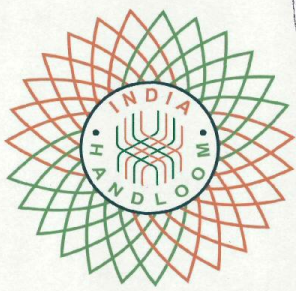Shilpi Jain and Safir Anand share their views.
The Handloom Day, a Government initiative that started in 2015 to revive the roots of handlooms in India, was celebrated on August 7th with vigour across the country. The Ministry of Textiles did its part to promote the entrepreneurial spirit of artisans by organizing an event in collaboration with the Fashion Design Council of India (FDCI) that saw leading fashion icons call for #HandloomEveryday, and leading companies also came out with their own ways to give importance to India’s handicrafts. For instance, Amazon launched an online handicrafts store called Karigar and offered discount on various products made by artisans and weavers.
There is certainly a need to preserve the country’s incredible art of making high quality handloom products with extraordinary skills and craftsmanship, which are unparalleled in the world. What weavers painstakingly create on hand-operated looms are duplicated on machines and sold off as originals for a heavy price. For this, the Government has adopted the certification mark ![]() that serves as a guarantee for the buyer that the products being purchased are genuinely hand woven. Similarly, the premium India Handloom brand
that serves as a guarantee for the buyer that the products being purchased are genuinely hand woven. Similarly, the premium India Handloom brand  differentiates the handloom products in terms of quality, through which the customers are assured that the product quality is high because of proper texture, use of good quality yarns and safe dyes.
differentiates the handloom products in terms of quality, through which the customers are assured that the product quality is high because of proper texture, use of good quality yarns and safe dyes.
But, most of the buyers are ignorant about these certification marks and the weavers are not willing to invest in them as it is a voluntary process that involves a registration fee and periodical Government checks. Moreover, due to the weavers’ lack of affordability to promote their products at a significant scale, the handloom products are losing their significance in the market.
Hence, a few small steps such as promotion of these certification marks by the Government, exemption of GST on handloom products, and encouragement to companies for promotion of handloom products as part of their CSR initiatives could be some of the ways in which it can be ensured that the delineated areas for handlooms are not unduly encroached by the power looms and mills.
CAUTION NOTICE TO WHOMSOEVER IT MAY CONCERN
This caution notice is being addressed on behalf of the law firm Anand and Anand, having its registered office at B - 41, Nizamuddin East, New Delhi 110 013, India.
The general public is hereby cautioned that certain unknown individuals and agencies have been trying to mislead the public by issuing legal notices and other statement/correspondence
unauthorisedly using our identity ANAND AND ANAND, PRAVIN ANAND,  etc. whilst wrongfully claiming to be part of our firm and making false claims and allegations.
etc. whilst wrongfully claiming to be part of our firm and making false claims and allegations.
Please be advised that any person willingly corresponding with such individuals and agencies in any manner whatsoever will be doing so at their own risk, as to costs and consequences. We strongly recommend that no one should respond to such solicitations, and we will not accept any liability whatsoever for any loss that the general public may incur owing to transactions made with such unknown individuals and agencies making false claims.
In case you come across any such fraudulent activity, you may kindly contact our Chief Information Officer Mr. Subroto Panda at subroto@anandandanand.com so that appropriate action may be taken.
Anand and Anand
B-41, Nizamuddin East, New Delhi - 110013